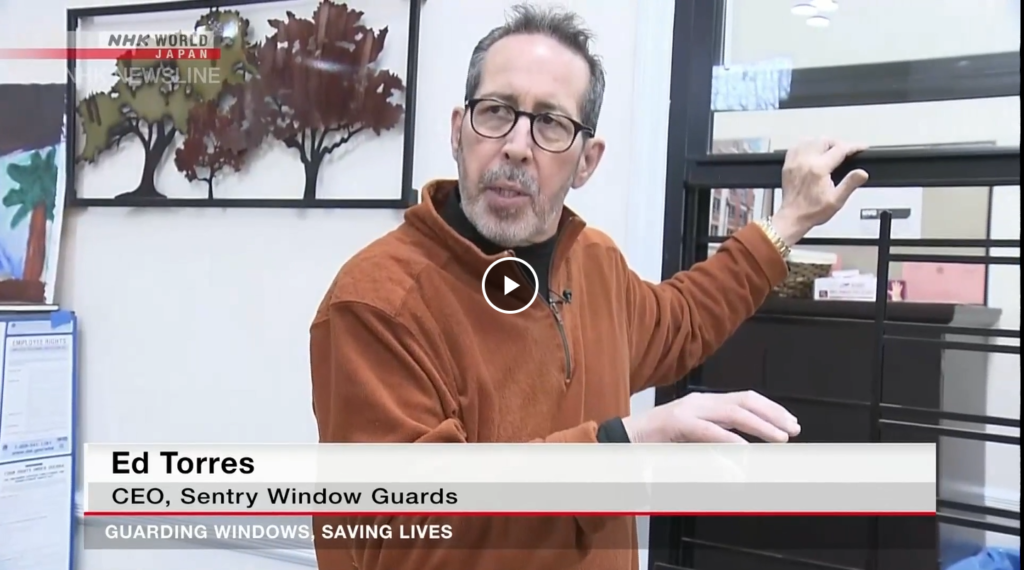The holiday season is here New York! With the excitement and anticipation of this magical season, we want you to remember a few safety tips when trimming your Christmas tree. Although beautiful to admire, overloaded lights and dried-out trees are a recipe for fire disaster. According to the National Fire Protection Association, here are some scary facts:
FACT #1: Fire departments respond to an average of 210 structure fires caused by Christmas trees each year.
FACT #2: One of every three home Christmas tree fires is caused by electrical failures.
FACT #3: Although Christmas tree fires are not common, when they do occur they are more likely to be serious.
FACT #4: A heat source too close to the tree causes roughly one in every five of the fires.
We advise you to take the necessary steps to ensure you and your loved ones stay safe during the holiday season.
1. How to choose the right tree for your family:
- Artificial Tree: Make sure it’s labeled, certified or identified by the manufacturer as fire retardant.
- Live Tree: Choose a tree with fresh, green needles that don’t fall off when touched.
2. Where to place the tree in your home:
- Cut 2” from the base of the live tree trunk before placing it into the tree stand.
- Make sure the live or artificial tree is at least three feet away from any heat source such as a fireplace, radiator, candle, heat vents or lights, and not blocking an exit.
- Add water to live tree stand daily.
3. How to safely light the tree:
- Indoors or outside, use only lights that have been tested for safety.
- Check each set of lights, new or old, for broken or cracked sockets, frayed or bare wires, or loose connections.
- Do not use more than three standard-size sets of lights per single extension cord.
- Fasten outdoor lights securely to trees, house, walls or other firm support to protect from wind damage.
- Never use lit candles to decorate the tree.
- Always turn off Christmas tree lights before leaving home or going to bed. Lights could short out and start a fire.
4. How to dispose of the tree after the holidays:
- Get rid of the live tree when it begins dropping needles. Check with your local community to find a recycling program for your tree.
- Bring outdoor electrical lights inside to prevent hazards and extend the life of the lights.
At Sentry Window Guards we make it our mission to help keep families safe in New York. While our business is to help prevent falls from windows, we also recognize the importance of preventing potential fire hazards in the home. For more information regarding our window guard products and our experience and leadership in understanding New York City safety requirements, contact us today!









